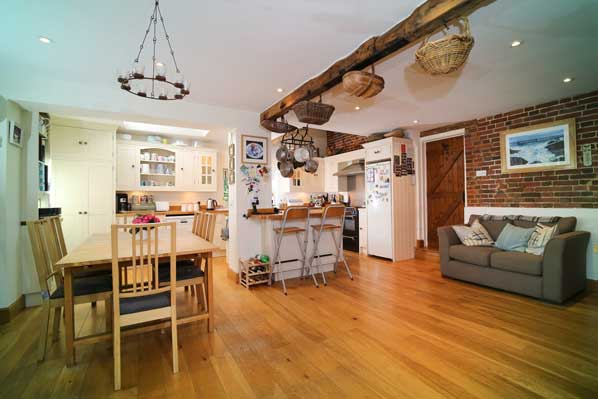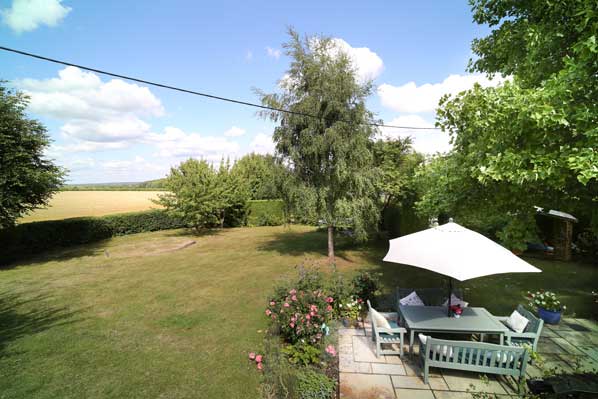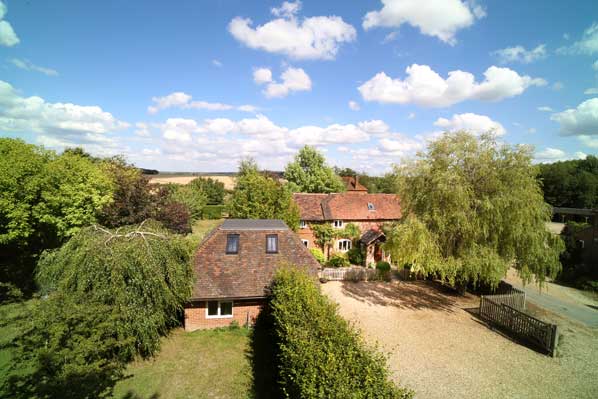Property for sale in Hampshire.
If your leaving #London or any other city to escape to the country, then do take a look at this property preview of a character home set in rural Hampshire; due to the open market soon with an anticipated guide of £1.1m.
Located on the outskirts of Odiham Village and surrounded by open countryside, this is an attractive converted and extended former stables, which occupies a plot of approximately an acre.
The Stables was converted by the current owners 25 years ago, and the photos and video created by John Joe showcase this beautiful four bedroom detached family home which has an abundance of character throughout, including exposed beams and brickwork as well as wood burning stoves in both the main lounge and family room.

Upon entering the property you are met by an entrance hall which provides access to the living room and family room, both of which are double aspect. At the back of the property is the spacious country fit open plan kitchen/dining/family room with double doors leading to an outside patio area and the generous grounds. There is also access to the downstairs cloakroom and separate utility/boot room with side access to the garden.
Upstairs there are four bedrooms, with the master bedroom benefitting from an en-suite bathroom, and a family bathroom. All bedrooms have built in wardrobes and there is additional storage on the landing with a linen cupboard and space in the eaves.
The property is accessed via a double five bar gate which takes you through to the gravel driveway providing parking for a number of vehicles. There is also a detached double garage which has the added benefit of an office space on the first floor.

The private garden is mainly laid to lawn with a number of mature shrubs and trees, as well as an area of orchard. There is a large stone patio area, ideal for alfresco dining, which is the perfect place to take in the adjacent countryside views. Additionally there is a summer house and a shed that is located next to the greenhouse and vegetable patch.
Odiham is ideally located for access to London via Hook mainline station along with M3 access via junction 5. There are a number of shops and restaurants, a thriving cricket club and tennis club with excellent schools also on offer. Nearby towns such as Farnham, Fleet, Basingstoke and Reading are a short drive away and provide further shopping and recreational facilities.
Contact our Odiham branch on 01256 704851


 London Tops The Tables
London Tops The Tables
 Local property hotspots in areas such as the Blue Triange in Fleet and the Cricket Green in Hartley Wintney have seen £ per square metre levels as high as £4,304 and £6,521 respectively, which sounds robust so how does that compare to other parts of the UK? These hotspot figures do not represent an average for the area, so bear this in mind when reading the following.
Local property hotspots in areas such as the Blue Triange in Fleet and the Cricket Green in Hartley Wintney have seen £ per square metre levels as high as £4,304 and £6,521 respectively, which sounds robust so how does that compare to other parts of the UK? These hotspot figures do not represent an average for the area, so bear this in mind when reading the following.